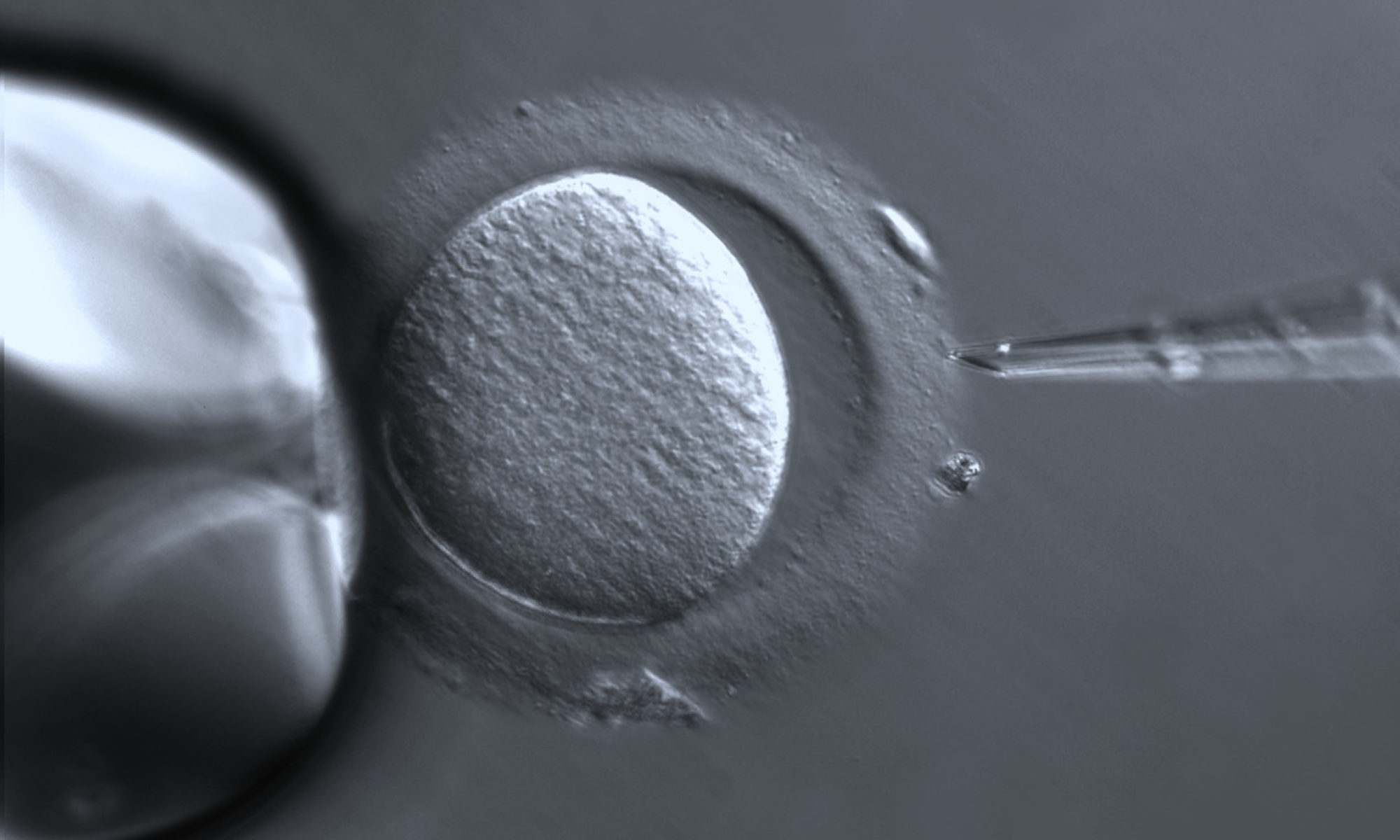Aspects éthiques
Appleby, John B. « Should Mitochondrial Donation Be Anonymous? » The Journal of Medicine and Philosophy: A Forum for Bioethics and Philosophy of Medicine, vol. 43, no 2, mars 2018, p. 261‑80. academic.oup.com, doi:10.1093/jmp/jhx022.
Appleby, John B. « The Ethical Challenges of the Clinical Introduction of Mitochondrial Replacement Techniques ». Medicine, Health Care and Philosophy, vol. 18, no 4, novembre 2015, p. 501‑14. link.springer.com, doi:10.1007/s11019-015-9656-3.
Kim, Soo Hyun. « International Regulation of Genetic Engineering: Ethical Considerations in the 21st Century ». Blogs – Society, février 2018, http://nouveau.europresse.com/Link/PSLT_1/news·20180226·NBSO·ccil-110345-1519672901156251765300094.
Liao S. Matthew. « Do Mitochondrial Replacement Techniques Affect Qualitative or Numerical Identity? » Bioethics, vol. 31, no 1, décembre 2016, p. 20‑26. onlinelibrary.wiley.com (Atypon), doi:10.1111/bioe.12308.
Newson Ainsley J., et Wrigley Anthony. « Is Mitochondrial Donation Germ‐Line Gene Therapy? Classifications and Ethical Implications ». Bioethics, vol. 31, no 1, décembre 2016, p. 55‑67. onlinelibrary.wiley.com (Atypon), doi:10.1111/bioe.12312.
Palacios-González, César. « Mitochondrial Replacement Techniques: Egg Donation, Genealogy and Eugenics ». Monash Bioethics Review, vol. 34, no 1, mars 2016, p. 37‑51. link.springer.com, doi:10.1007/s40592-016-0059-x.
Aspects scientifiques
Littérature scientifique
Chinnery, Patrick F., et al. « The Challenges of Mitochondrial Replacement ». PLOS Genetics, vol. 10, no 4, avril 2014, p. e1004315, doi:10.1371/journal.pgen.1004315.
Greenfield, Andy, et al. « Assisted Reproductive Technologies to Prevent Human Mitochondrial Disease Transmission ». Nature Biotechnology, vol. 35, no 11, novembre 2017, p. 1059‑68. www.nature.com, doi:10.1038/nbt.3997.
Herbert, Mary, et Doug Turnbull. « Progress in mitochondrial replacement therapies ». Nature Reviews Molecular Cell Biology, vol. 19, janvier 2018, p. 71.
Kang, Eunju, et al. « Mitochondrial replacement in human oocytes carrying pathogenic mitochondrial DNA mutations ». Nature, vol. 540, novembre 2016, p. 270.
Latorre-Pellicer, Ana, et al. « Mitochondrial and nuclear DNA matching shapes metabolism and healthy ageing ». Nature, vol. 535, juillet 2016, p. 561.
Lee, Hyo-Sang, et al. « Rapid mitochondrial DNA segregation in primate preimplantation embryos precedes somatic and germline bottleneck ». Cell reports, vol. 1, no 5, mai 2012, p. 506‑15. PubMed Central, doi:10.1016/j.celrep.2012.03.011.
Mann, Jeff R., et Robin H. Lovell-Badge. « Inviability of parthenogenones is determined by pronuclei, not egg cytoplasm ». Nature, vol. 310, juillet 1984, p. 66.
McCully, James D., et al. « Mitochondrial transplantation for therapeutic use ». Clinical and Translational Medicine, vol. 5, avril 2016. PubMed Central, doi:10.1186/s40169-016-0095-4.
Palacios-González, César. « Mitochondrial Replacement Techniques: Egg Donation, Genealogy and Eugenics ». Monash Bioethics Review, vol. 34, no 1, mars 2016, p. 37‑51. link.springer.com, doi:10.1007/s40592-016-0059-x.
Tachibana, Masahito, et al. « Towards germline gene therapy of inherited mitochondrial diseases ». Nature, vol. 493, octobre 2012, p. 627.
Tonin, Yann, et Nina Entelis. « Pathologies de l’ADN mitochondrial et stratégies thérapeutiques ». médecine/sciences, vol. 30, no 12, décembre 2014, p. 1101‑09. www.medecinesciences.org, doi:10.1051/medsci/20143012013.
Yamada, Mitsutoshi, et al. « Genetic Drift Can Compromise Mitochondrial Replacement by Nuclear Transfer in Human Oocytes ». Cell Stem Cell, vol. 18, no 6, 02 2016, p. 749‑54. PubMed, doi:10.1016/j.stem.2016.04.001.
Zhang, John, et al. « Live Birth Derived from Oocyte Spindle Transfer to Prevent Mitochondrial Disease ». Reproductive BioMedicine Online, vol. 34, no 4, avril 2017, p. 361‑68. CrossRef, doi:10.1016/j.rbmo.2017.01.013.
Vulgarisation scientifique
Rötig, Agnès, et al. Maladies mitochondriales. Université Médicale Virtuelle Francophone, 2011 2010.
Jauzein, Françoise. « Rôles des mitochondries ». Institut français de l’éducation, http://acces.ens-lyon.fr/biotic/procreat/amp/html/Mitochondries.htm. Consulté le 16 mars 2018.
Maurel, Patrick. « L’enfant aux 3 parents, remplacement mitochondrial thérapie ». Science au Jour le Jour, http://www.scienceaujourlejour.fr/pages/pages-scientifiques-1/l-enfant-aux-trois-parents.html. Consulté le 16 mars 2018.
Schumann, Richard. « Pronuclear Transfer ». Mitochondrial Replacement, 9 mai 2014, https://mitochondrialtransfer.wordpress.com/the-logistics/mitochondrial-replacement/pronuclear-transfer/.
« Mitochondrial Replacement Therapy ». UMDF, 25 janvier 2016, http://www.umdf.org/mitochondrial-replacement-therapy/.
Littérature de presse
Achenbach, Joel. « Human Embryo Experiment Shows Progress toward ‘Three-Parent’ Babies ». Washington Post, 30 novembre 2016, https://www.washingtonpost.com/news/speaking-of-science/wp/2016/11/30/researchers-report-progress-and-a-hiccup-in-making-three-parent-embryos/.
Benkimoun, Paul. « Les députés britanniques autorisent la conception de bébés à partir de trois ADN ». Le Monde, 3 février 2015, http://www.lemonde.fr/medecine/article/2015/02/03/vers-des-bebes-a-trois-adn-au-royaume-uni_4569028_1650718.html.
Connor, Steve. « Three-parent babies: ‘As long as she’s healthy, I don’t care’, says mother of IVF child ». The Independent, https://www.independent.co.uk/news/science/three-child-babies-the-mothers-view-as-long-as-she-s-healthy-i-don-t-care-9690059.html. Consulté le 30 mars 2018.
Gardier, Stéphany. « Trois parents biologiques pour un bébé-éprouvette ». Le Temps, septembre 2014, http://nouveau.europresse.com/Link/PSLT_1/news·20140920·TE·f3405a26-38f5-11e4-a21a-0385d944b47c.
Jacobson, Rebecca. « Why the Term “three-Person Baby” Makes Doctors Wince ». PBS NewsHour, 10 février 2015, https://www.pbs.org/newshour/science/term-three-person-baby-makes-doctors-wince.
King, David. « Human Genetic Engineering on the Doorstep ». Human Genetics Alert, novembre 2012.
Lascar, Olivier. « Bébé à 3 parents : pourquoi la prudence aurait dû être de mise ». Sciences et Avenir, https://www.sciencesetavenir.fr/sante/grossesse/le-neuroscientifique-herve-chneiweiss-du-comite-consultatif-national-d-ethique-reagit-a-la-naissance-d-un-bebe-a-3-parents_107440. Consulté le 28 mars 2018.
Mérite, Gabriel. 3 parents pour un enfant : le remplacement mitochondrial bientôt disponible aux Etats-Unis – Mission pour la Science et la Technologie de l’Ambassade de France aux Etats-Unis. 28 avril 2016, https://www.france-science.org/3-parents-pour-un-enfant-le.html.
Pritchard, Charlotte. « The Girl with Three Biological Parents ». BBC News, 1 septembre 2014. www.bbc.com, http://www.bbc.com/news/magazine-28986843.
Rathi, Akshat, et Akshat Rathi. « To Create the World’s First Three-Parent Child Using a Controversial Technique, Scientists Went to Mexico ». Quartz, 27 septembre 2016, https://qz.com/793385/first-three-parent-baby-born-using-mitochondrial-replacement-technique/.
Rayfield, Lee, et Brendan McCarthy. The Church of England and the three-parent controversy | Opinion | The Guardian. https://www.theguardian.com/commentisfree/2015/feb/01/church-of-england-three-parent-family. Consulté le 13 avril 2018.
Sample, Ian. « Consultation on Babies with Three People’s DNA ». The Guardian, 27 février 2014, http://www.theguardian.com/science/2014/feb/27/mitochondrial-transfer-consultation-launched-uk.
Schumann, Richard. « Pronuclear Transfer ». Mitochondrial Replacement, 9 mai 2014, https://mitochondrialtransfer.wordpress.com/the-logistics/mitochondrial-replacement/pronuclear-transfer/.
Sergent, Denis. « La conception de bébés avec trois ADN autorisée au Royaume-Uni ». La Croix, 16 décembre 2016. www.la-croix.com, /Sciences/Sciences/La-conception-bebes-avec-trois-ADN-autorisee-Royaume-Uni-2016-12-16-1200811149.
« Fécondation. Un bébé issu de “trois parents” est né ». Courrier international, 28 septembre 2016, https://www.courrierinternational.com/article/fecondation-un-bebe-issu-de-trois-parents-est-ne.
Rapports gouvernementaux
De Sutter, Petra. Le recours aux nouvelles technologies génétiques chez les êtres humains. Conseil de l’Europe – Commission des questions sociales, de la santé et du développement durable, 25 avril 2017, http://website-pace.net/documents/19855/3313570/20170426-recours-nouvelles-technologies-génétiques-FR.pdf/2e2d8dfb-bef8-4859-8a2e-7320c4c7aec0.
Greenfield, Andy. Third scientific review of the safety and efficacy of methods to avoid mitochondrial disease through assisted conception: 2014 update. Human Fertilisation and Embryology Authority. Consulté le 10 avril 2018.
